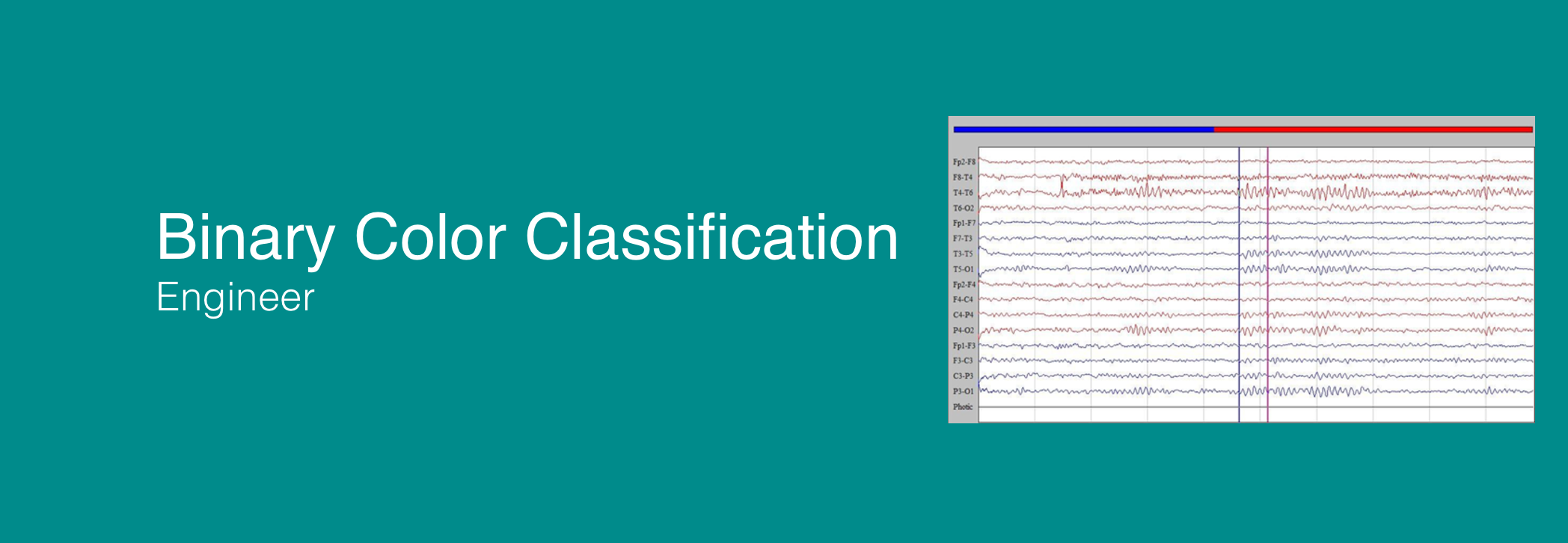As the power of modern computers grows alongside our understanding of the human brain, we move a step closer in transforming some pretty spectacular science fiction into reality. The advent of Brain Computer Interface (BCI) is indeed leading us to a burgeoning era of complete automation empowering our interaction with computer not only with robustness but with also a gift of intelligence. For the fraction of our society suffering from severe motor disabilities BCI has offered a novel solution of overcoming the problems faced in communicating and environment control. Thus the purpose of our current research is to harness the brain's ability to generate Visually Evoked Potentials (VEPs) by capturing the response of the brain to the transitions of color from grey to green and grey to red. Our prime focus is to explore EEG-based signal processing techniques in order to classify two colors; which can be further deployed in future by coupling the actuators so as to perform few basic tasks. The extracted EEG features are classified using Support Vector Machines (SVM) and Artificial Neural Networks (ANN). We recorded 100% accuracy on testing the model after training and validation process. Moreover, we obtained 90% accuracy on re-testing the model with all samples acquired for the task using Quadratic SVM classifier.
